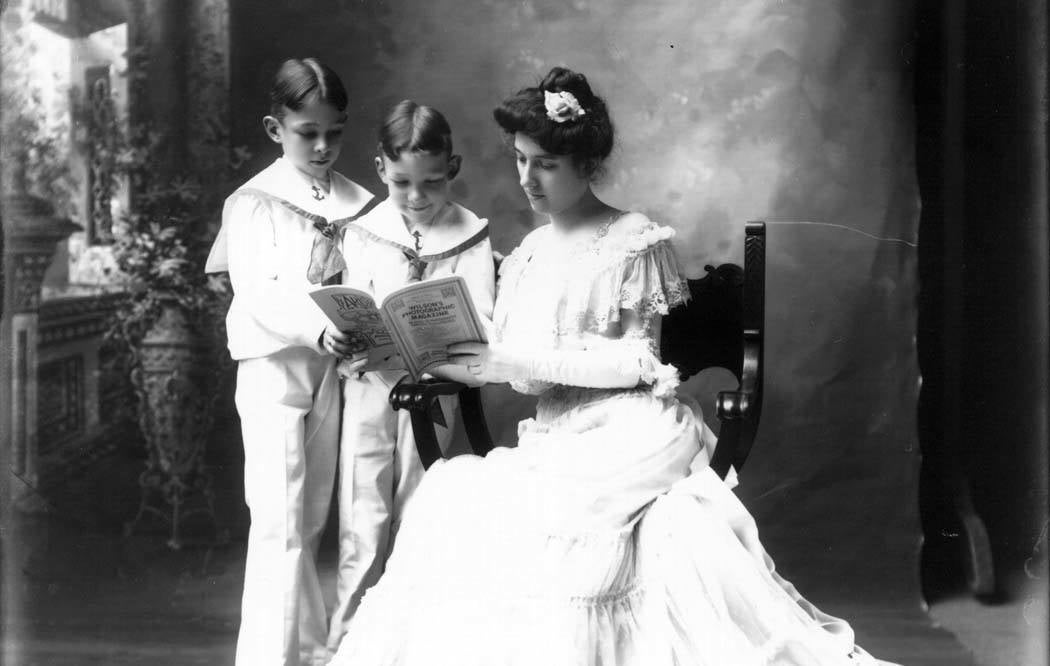IN THE NEWS: CULTURAL CAPITAL
Teddy Wayne writes in the New York Times op-ed “Our (Bare) Shelves, Our Selves” about his experiences browsing his parents’ collections of books and vinyl. Physical artifacts of culture, he supposes, increase idle childhood discovery and thus cultural engagement throughout life, the way an MP3 or eBook collection never could.
“In our digital conversion of media,” he writes, “… physical objects have been expunged at a cost. Aside from the disappearance of record crates and CD towers, the loss of print books and periodicals can have significant repercussions on children’s intellectual development.” Wayne starts with what we know, citing a massive 2014 study that looked at 42 countries and found that the size of one’s home book collection is the single best predictor of reading level: 100 books or more in one’s house could put kids 1 or 2 grades above their peers. Wayne suspects that access to a equivalent-sized digital library just wouldn’t be the same.
The study Wayne links to relies heavily on the concept of “cultural capital,” a sociological idea first proposed by Pierre Bourdieu in the 1970s, and since co-opted by other fields including economics, racial studies, and education. (It is, of course, a measure of cultural capital not just to own books and media, but to own or license them in digital form.)
FURTHER READING ON JSTOR
Cultural capital has been studied as a variable in educational attainment since its introduction: Paul DiMaggio published a landmark study in 1982 about high-school students and cultural participation. That study focused on “prestigious art forms” such as symphony and museum visits as well as reading literature. It also measured “middle-brow” participation: photography, crafts, woodworking, and drawing. DiMaggio counters Bourdieu’s idea that cultural capital is always inherited by proposing a “cultural mobility” model that can allow for individuals’ movements away from their family’s class: poor people can mitigate their other disadvantages through extensive reading.
This has been revisited over the decades, reflecting our changing notions of cultural participation and exposure as an influence on educational attainment. Alice Sullivan, writing in 2001, compared measures of intellect (high-school test scores, the results of a vocabulary test, and a quiz about famous cultural figures) to self-reported interests in books and magazines, TV, musical artists, instruments played, and formal events. She also asked students to tell her about their parents’ cultural interests. Her results indicate a variety of interesting correlations between “sophisticated” television viewing and vocabulary; reading and overall academic prowess; as well as a gender gap (favoring girls) unexplained by any factors. Sullivan concludes that only “private cultural consumption is a means of intellectual self-development,” whereas public cultural activities don’t create analytical skills—at least not the kinds measured by standardized tests.
In 2011, Mads Meier Jæger takes on new data collected from families to analyze sibling variance. In trying to answer whether Bourdieu or DiMaggio is right—is cultural capital inherited, or accessible?—Jæger finds that the number of books available and a child’s reading-for-fun habit are the strongest predictors of educational success, and, even between siblings, a low-socioeconomic-status child who pursues books, extracurriculars and hobbies for fun (or is encouraged by their parents to do so) can achieve DiMaggio’s cultural mobility. Jæger notes that longitudinal studies are still needed to measure the complex influences on someone’s cultural interests throughout childhood.
These studies could be good news for public libraries: families without book collections could still achieve these results by availing themselves of their local branches. Having shelves of tomes you can read or take with you might be the single factor mitigating inherited wealth and status, in children’s lifelong prospects for credentials and careers.







